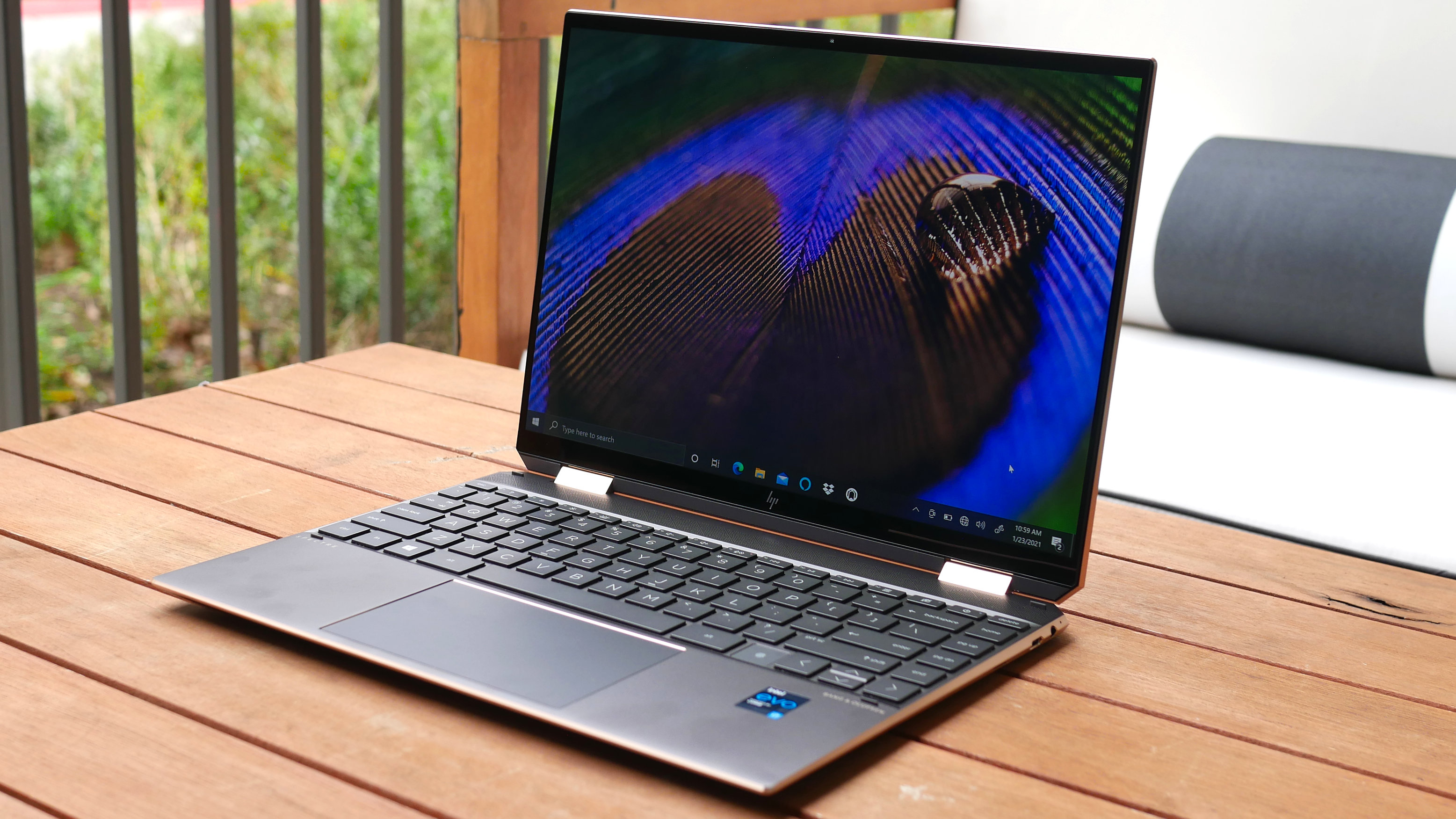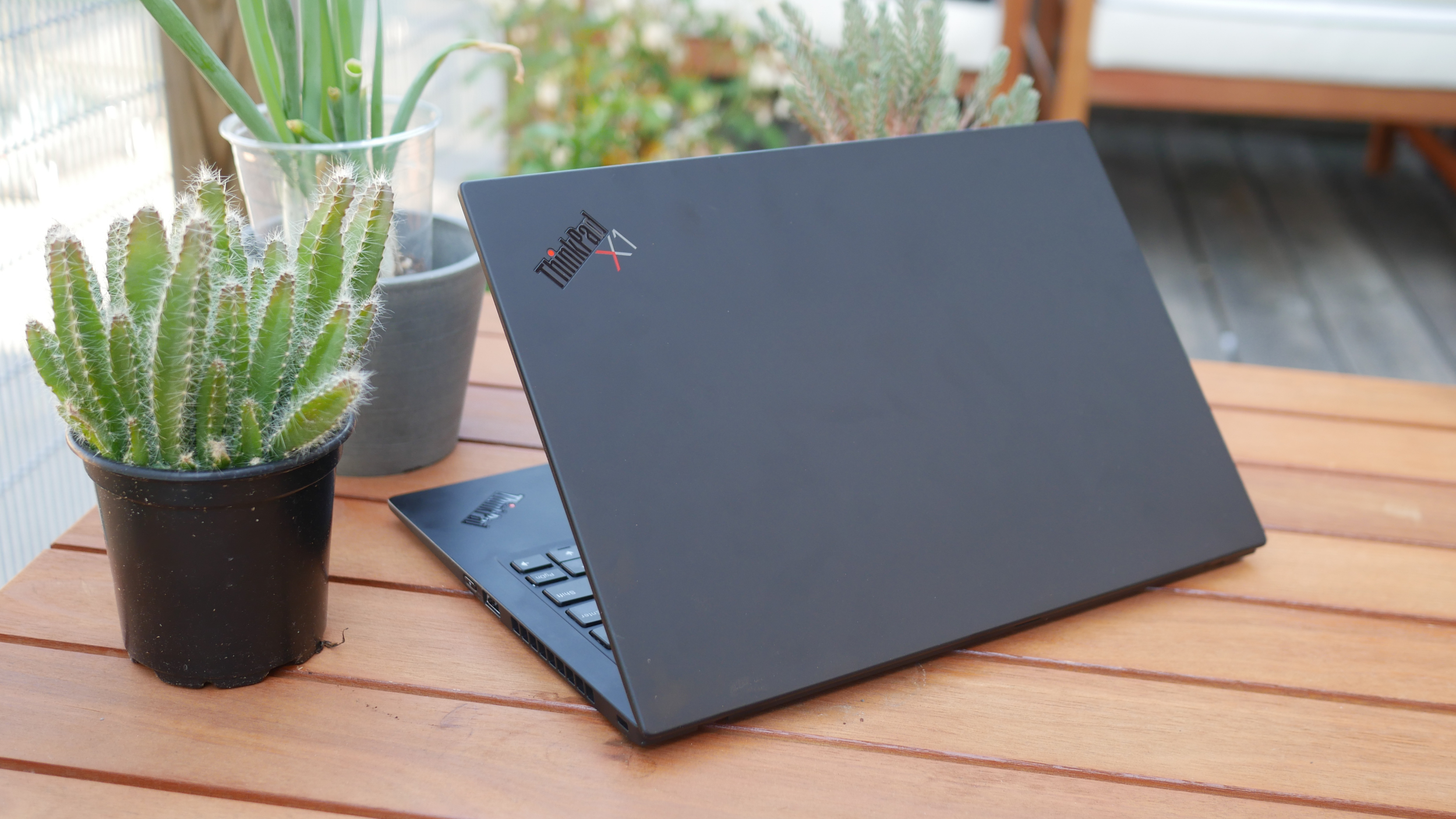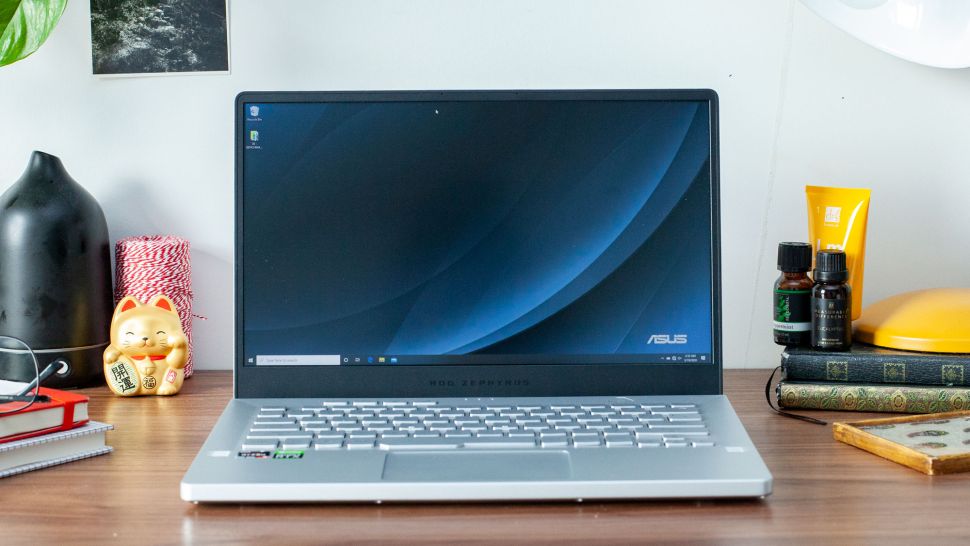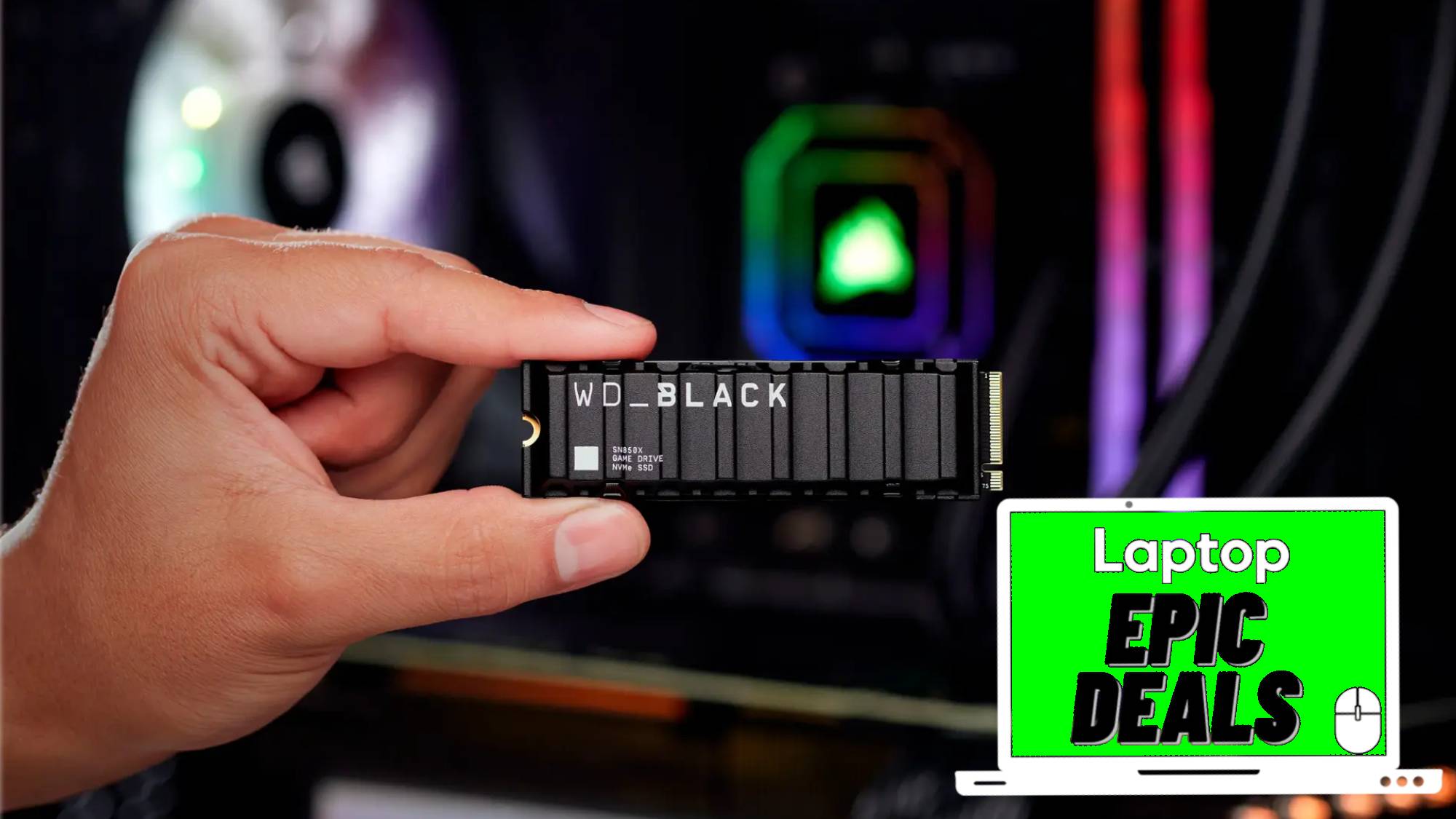Why 14-inch laptops are the Goldilocks solution to the 13 versus 15-inch dilemma
From the Spectre x360 14 to the ThinkPad X1 Carbon, 14-inch laptops are outshining their 13 and 15-inch counterparts.

For the past several years, almost all ultraportable laptops had one thing in common: a 13-inch display. When these thin and lightweight laptops arrived on the scene, they gave users the portability 15-inch laptops couldn't deliver at the time and the speedy performance now-extinct "netbooks" would never reach.
The 13-inch laptop was the sweet spot. Any larger and you sacrifice a sleek design worthy of capturing the attention of in-store customers, any smaller and you creep into tablet territory. But what if you could get the same portability but with a larger display? That's where 14-inch laptops come in.
- Best 2-in-1 laptops in 2021
- Best college laptops for students
- Best laptop deals in 2021
In the past few months, we've seen 14-inch versions of flagship laptops that were previously available in only 13-inch and 15-inch flavors. Take, for instance, the HP Envy and HP Spectre models — these two well-regarded families of laptops received a 14-inch sibling this year. In both cases, the new version is essentially identical to the 13-inch model but with a larger panel — making them easy to recommend.
Why 14 inches is the sweet spot
My previous two laptops were a Dell XPS 13 and an XPS 15. I loved the smaller model (although it was the last version without the InfinityEdge display) for its compact size and robust build. But when it was time to upgrade, I opted for the larger XPS 15 — the 13.3-inch panel on the XPS 13 was simply too small for my multitasking needs.
I have no regrets about moving to the XPS 15. The 15.6-inch panel allows me to comfortably use two windows side-by-side, something I do frequently when writing reviews or editing articles. That said, the XPS 15 is considerably heavier than the XPS 13. My specific model comes in at a relatively chunky 4.6 pounds. Yes, you can find much lighter 15-inch models, but they tend to sacrifice durability.

The influx of new 14-inch laptops comes at the perfect time. I will be in the market for an XPS 15 replacement next year and will exclusively be looking at laptops with 14-inch displays. These, I feel, offer the best compromise of the three Ps: power, portability and ports. Lenovo's ThinkPad X1 Carbon is a prime example. It boasts the newest Intel 11th Gen U-series chips, comes in at 0.6 inches and 2.4 pounds, and offers a generous selection of ports, including Thunderbolt, USB Type-A and even HDMI.
For the longest time, I assumed my next laptop purchase would be that exact model — Lenovo (along with Asus) being among the few companies to regularly release 14-inch laptops over the years. However, this once-niche category of notebooks is now heating up. It's safe to assume that, when it's time for me to purchase a new device next year, I'll have plenty to choose from. There is the aforementioned Spectre x360 14 (which, to be fair, has a 13.5-inch panel), as well as the Vaio Z, EliteBook 840 G7, Yoga 9i and Acer Swift 3. I'm even eyeing the ZenBook Duo, a dual-screen option with a primary 14-inch panel and a secondary 12.6-inch screen.
Stay in the know with Laptop Mag
Get our in-depth reviews, helpful tips, great deals, and the biggest news stories delivered to your inbox.
Power or portability: Take your pick
What's unique about 14-inch laptops is how they span across various categories. On one end, laptop makers have found ways to pack powerful components into the chassis of a 14-inch laptop without running into heat issues. On the other end of the spectrum, some 14-inch models are even thinner and lighter than their 13-inch counterparts.

If you want the most power, the Asus ROG Zephyrus G14 is a capable gaming laptop with a Ryzen 9-4900HS CPU and an RTX 2060 Max-Q GPU. It can stand toe-to-toe with much larger 15.6-inch or even 17-inch systems in part because Asus uses magnesium alloy to keep the chassis cool under a heavy workload.
If you need something more portable, there are now plenty of great options, like the Asus ExpertBook B9450, LG Gram 14, Vaio Z, ThinkPad X1 Carbon or the Acer TravelMate P6. These are all under 2.5 pounds, or less than what many 13-inch laptops weighed just a few years ago.
MacBook Pro with a 14-inch display?
Even when Apple doesn't start a trend, it is often credited for popularizing it, so if the upcoming MacBook Pro launches with a 14-inch display, expect to hear more "14 is the new 13" takes. You should also expect brands that haven't already caught on to do the same — and for display suppliers to go all-in on that screen size (the Spectre x360 14 can already be configured with a 3K2K OLED panel with a 3:2 aspect ratio).
But I'm getting ahead of myself; what's this 14-inch MacBook Pro I speak of? Multiple reports and leaks hint at a 14-inch MacBook Pro set to replace the previous 13-inch MacBook Pro with four Thunderbolt ports (the two Thunderbolt version could stay at 13.3 inches). These aren't just any rumors; they come from two of the most reliable sources in the Apple realm: the TF International Securities analyst Ming-Chi Kuo and Mark Gurman of Bloomberg.
It's assumed that Apple will make similar changes to the 13-inch model as it did when it transformed the 15-inch version into a current 16-inch MacBook Pro. Those updates (along with a fancy new Apple Silicon chip) include thinner bezels, and therefore, a similar footprint as the current one despite it having a larger screen. This is an Apple product, so don't expect anything concrete until we get closer to launch, which is said to be in the third quarter of this year. I'm hopeful Apple makes the change so it can accelerate the growth of 14-inch laptops.
Phillip Tracy is the assistant managing editor at Laptop Mag where he reviews laptops, phones and other gadgets while covering the latest industry news. After graduating with a journalism degree from the University of Texas at Austin, Phillip became a tech reporter at the Daily Dot. There, he wrote reviews for a range of gadgets and covered everything from social media trends to cybersecurity. Prior to that, he wrote for RCR Wireless News covering 5G and IoT. When he's not tinkering with devices, you can find Phillip playing video games, reading, traveling or watching soccer.

